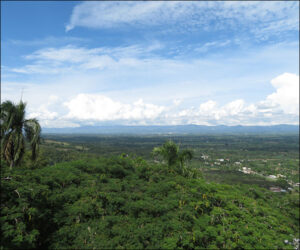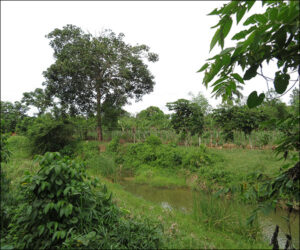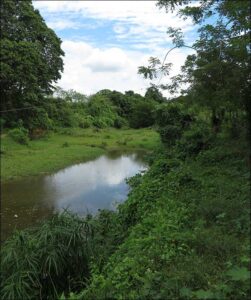Ships bearing the 550 Taíno captives departed Isabela on February 24, 1495, bound for Cádiz, Spain (see prior post). As depicted in Columbus and Caonabó, four key events then occurred on “Española,” from late February through March 1495: Columbus and Chief Guarionex parleyed; Columbus relieved Fort Santo Tomás from Chief Caonabó’s siege; Caonabó was captured; and the battle at the hill now known as Santo Cerro was fought.
This and following posts will discuss simply how Columbus chose to report these four events to Queen Isabella and King Ferdinand in his letter to them of October 15, 1495, completed while he was subjugating Caonabó’s Maguana. This letter is one of the copied letters of the “Libro Copiador” attributed to Columbus and discovered and first made available to scholars in 1985—unavailable to those writing works prior thereto—and has provided new details regarding the events that historians now consider (together with the previously known primary sources).
Columbus’s letter indicates that, after the captive-bearing ships sailed (528 years ago), he set out for Santo Tomás through the Vega Real (the Royal Plain, largely Guarionex’s Magua) “to see and feel out Guarionex.” Columbus feared the strength of Caonabó’s alliance—“there are so many natives that…with a puff, they could chase us out and blow us to Castile”—and he sought Guarionex’s alliance or neutrality—that “he not ally with other caciques against us.”
The letter reports that he and Guarionex met for eight days, presumably in Guarionex’s hometown, Guaricano—although the precise location isn’t identified. There’s also no description of the two men’s agreement, but it’s apparent Columbus has succeeded in wresting at least Guarionex’s neutrality in the war with Caonabó’s alliance and that the two men cemented their relationship with both the marriage of Columbus’s principal enslaved Taíno interpreter to one of Guarionex’s sisters and the solemnity of a Taíno brotherhood ceremony.
Guarionex’s Guaricano was located along the Dominican Republic’s Verde River beneath the ridges including Santo Cerro (near La Vega). The photos below show the approximate area of Guaricano, the first taken from atop Santo Cerro, the next two along the Verde River.



